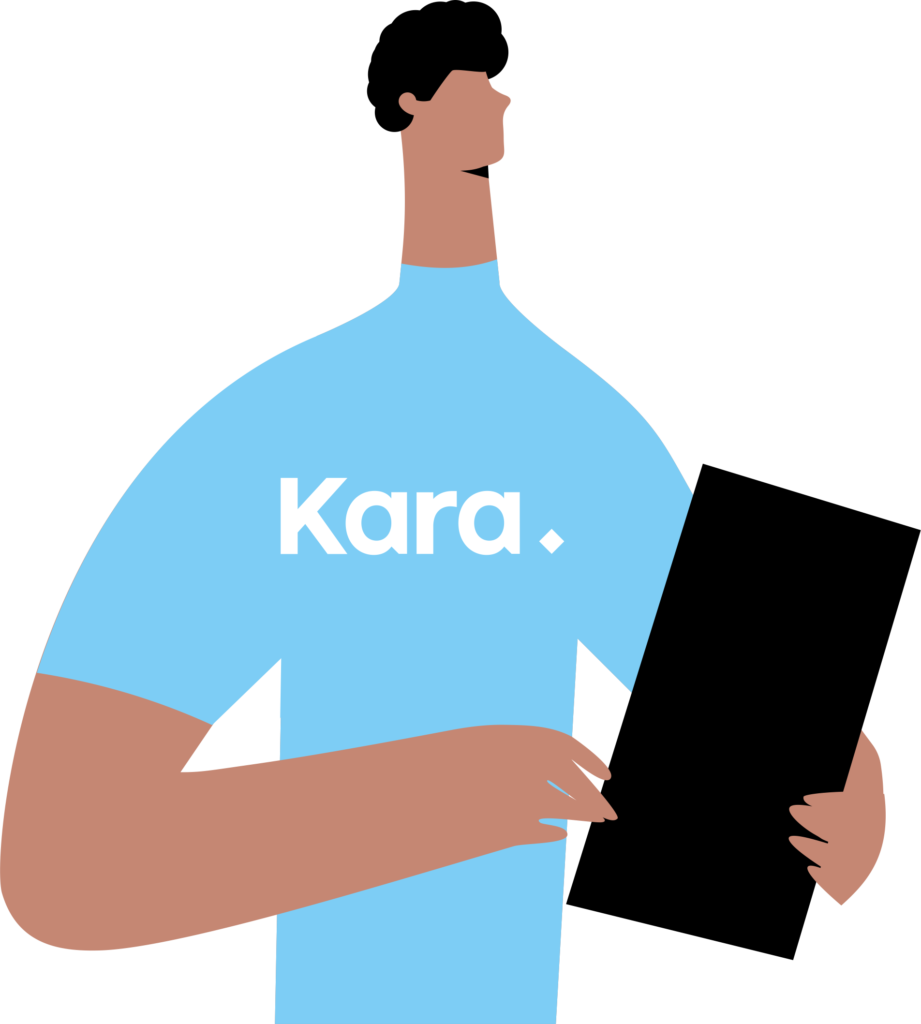Hidden Biases in Predictive HR Analytics: A Risk Not to Be Underestimated
People Analytics and predictive models open incredible possibilities — predicting employee turnover, anticipating absenteeism, and even optimizing recruitment. But behind the power of these tools lies a very real danger: biases in data and models. If left unchecked, these biases can lead to unjustified — even counterproductive — decisions for your organization.
What Is Bias in People Analytics?
A bias occurs when an algorithm or predictive model unconsciously favors certain profiles over others. This isn’t necessarily intentional — it often reflects historical data patterns.
Here’s a concrete example: if, historically, a company has mainly hired men for management positions, a poorly calibrated predictive model might conclude that male candidates are more likely to succeed — and therefore recommend mostly, or even exclusively, men.
The Main Types of Bias to Watch For
- Selection bias: The data used doesn’t accurately represent the overall population (e.g., only considering full-time employees and ignoring temporary ones).
- Historical bias: Past decisions — often biased themselves — are reflected in the data, and the model unconsciously reproduces them.
- Interpretation bias: Misreading results, leading to false conclusions (e.g., correlation ≠ causation).
- Omission bias: Excluding important variables (e.g., work environment) that could distort the analysis.
The Real Risks for Organizations
- Discriminatory decisions (unconsciously excluding certain profiles).
- Loss of credibility among employees if results appear unfair.
- Legal and reputational risks, especially in contexts where equity is protected by law.
How to Reduce Bias in Predictive People Analytics
- Work on data quality: ensure diversity, representativeness, and completeness.
- Integrate an ethical approach from the start: set clear safeguards and validate models with HR experts, not just data scientists.
- Test models regularly: check whether they produce significant differences based on gender, age, ethnicity, or job type.
- Make results transparent: explain models to managers and employees to prevent misunderstandings.
In summary, predictive analytics has the power to transform the HR function. But without vigilance, it can also replicate — or even amplify — existing biases. Investing in responsible, ethical, and transparent HR analytics is essential to build a data-driven culture that inspires trust and promotes equity.
